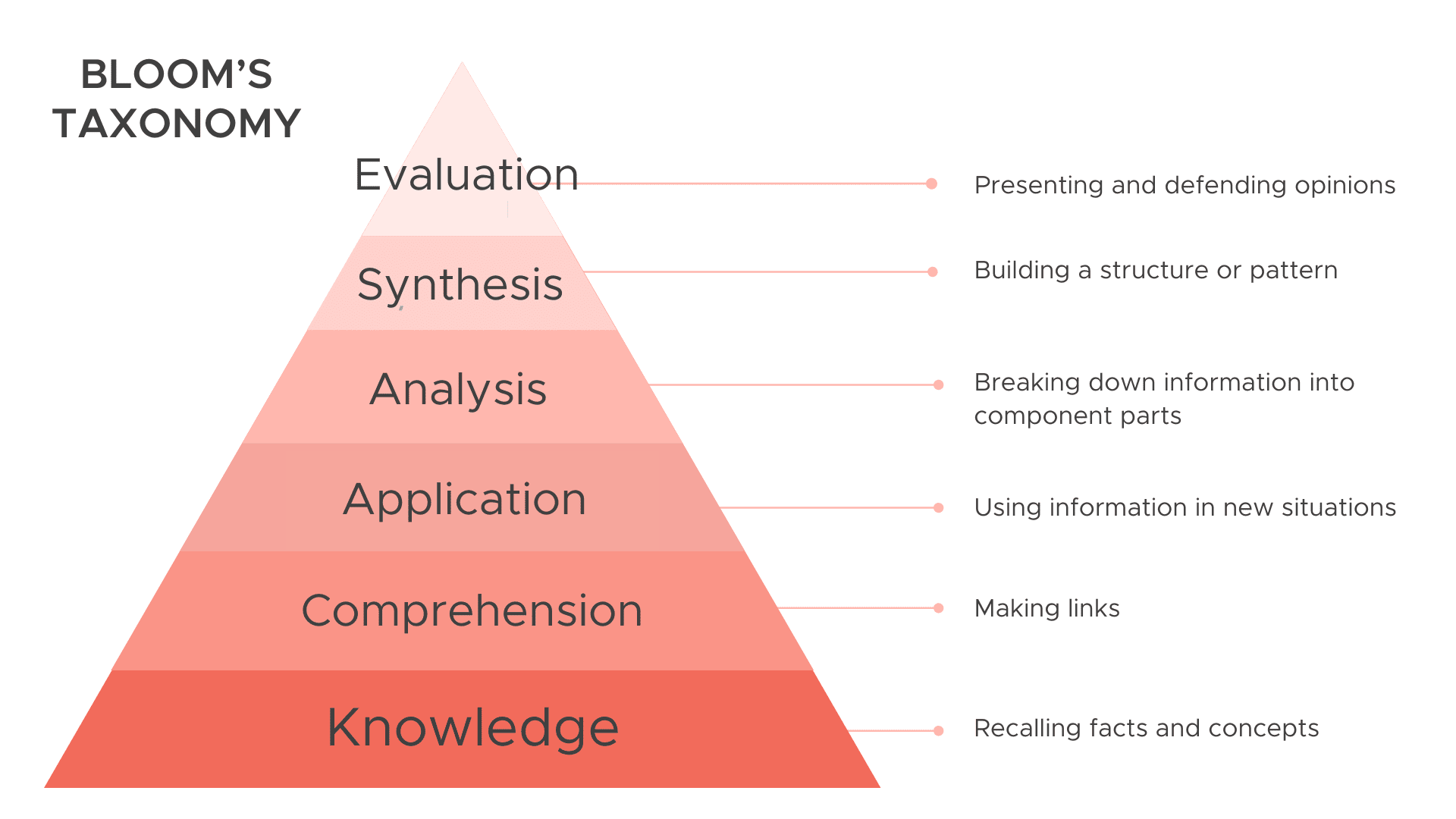6 Minutes of reading
How creating a great blended learning course starts with analysing your organisation's structure
Rolling out a range of digital training courses can often prove tricky, especially for the first time. However, provided that you’re well prepared and organised, digitalising your training courses with a blended learning approach doesn’t have to be difficult.
First and foremost, it’s about getting to grips with teaching theory. Second, designing a training package requires analysing your structure. This step consists of ascertaining the gap between what your trainees know and what they need to know to work their way up or acquire the skills they need to perform well.

Analysing your structure will allow you to pin-point a problem, gap or need within your organisation that a training programme could help to resolve.
Analysing your needs
The first thing you need to do is to analyse your training needs. To do so, you can start by setting out a plan for how your company is set to develop over the next 1 to 2 years. This will help you to ascertain the skills you’ll need to attain your objectives. Clearly, if your firm operates in a regulated sector, such as banking or insurance, you’ll need to undertake a certain number of hours of mandatory training, which you must take into account when designing your training courses.
You can also take note of what kind of skills employees mention that they want to develop during annual appraisal meetings.
Training needs can be external to your organisation (new regulations, new technology, etc.) or internal (new software, service restructuring, etc.).
Once you have identified your training needs, you can arrange them in order of priority. This will allow you to clearly set out your needs and help you to anticipate how to proceed.
Determining your teaching objectives
Having clearly listed your needs, you can then transform them into teaching objectives. The objectives of a training course are an expression of what the designer wants the course participants to achieve. In reality, it’s about determining the gap between what trainees know and what they need to know to perform better in their role.
You need to ensure that your training objectives correspond to what your trainees need to learn. Otherwise, your course won’t have the desired impact. Determining this gap might feel like quite a daunting task, but don’t worry – we’ve come up with a few prompts to get you thinking along the right lines.
Imagine the following scenario. You are in charge of marketing. Your firm is expanding internationally and is beginning to establish a presence in Germany. You decide that you need to translate your site and optimise your SEO to gain a foothold in some relevant key words. You discuss what you want to achieve with your company’s training manager. Over the course of your discussion, a few questions become evident:
- Why do we need a training course?
- What problems do we need to resolve? What obstacles are preventing us from achieving our aim?
- Is training a good way to overcome them?
- Are there other ways that this aim can be achieved?
In this specific case, a training course on international SEO might be a good solution, in addition to recruiting someone with a perfect command of German.
Bloom’s taxonomy
In 1956, Benjamin Bloom introduced a classification of the skills involved in learning. The taxonomy (which comes from the Greek for “classification method”) groups together 6 cognitive categories and can be used to measure skills and adapt teaching objectives.

Defining your target learners
So, you’ve outlined your needs and figured out your objectives. But who is the training course for? Defining your target audience will enable you to target the right training at the right people. The benefit of digital training is that it allows you to put your employees into groups of trainees, categorised by job, skill or profile.
Developing your teaching strategy
Once you’ve identified your needs, determined your objectives and established your target audience, it’s time to design the teaching strategy for your training course. When defining this strategy, you’ll need to reflect on how you’re planning to achieve the training objectives, step by step.
The SAMR model
Using this methodology, which is very popular among trainers, will enable you to construct a simple and effective e-learning strategy and is vital if you’re just starting out in digital learning. It has 4 levels:
- Substitution: here, we’re talking about putting an aspect or step of in-person training into a digital format, such as turning a written assessment into a digital quiz.
- Augmentation: digital training isn’t just a case of replacing in-person training – it’s about improving it, too.
- Modification: gone are the traditional roles of trainer and trainee. In the past, a trainer would instruct a class of students, who would simply sit there and listen. With an interactive model, however, trainees can play an active part in their own learning by creating and sharing learning resources with their peers.
- Redefinition: digital training creates new learning possibilities. For example, it’s now possible to group together trainees from all over the UK in the same training course and tailor a course to each individual learner’s profile.
So, the SAMR method can help you to formalise your digital training strategy in a few simple steps!
Download our expert guide: 'learning in the flow of work' to learn more about blended learning and discover how to adopt a learning culture.


